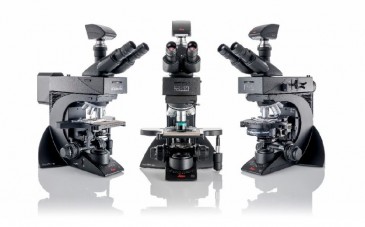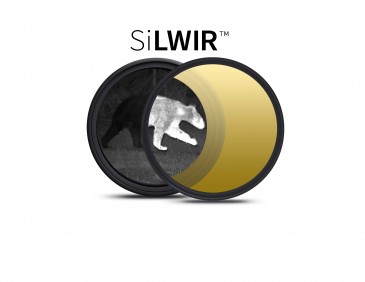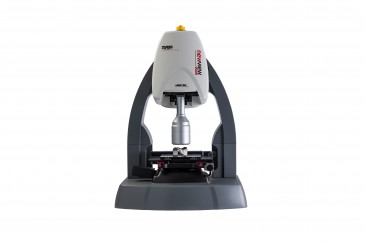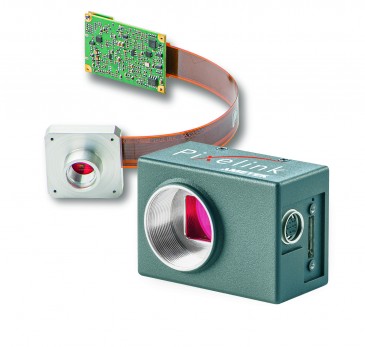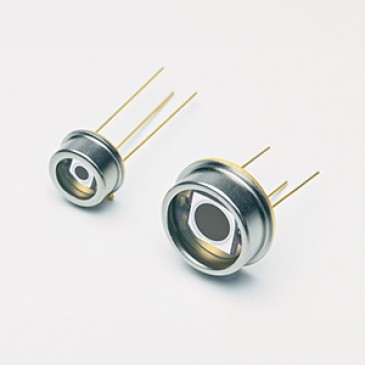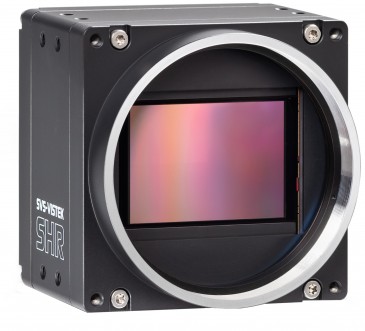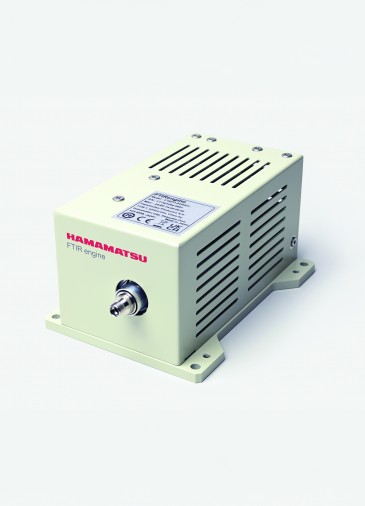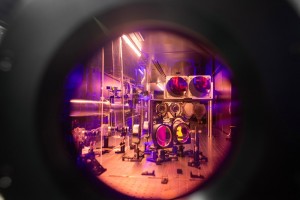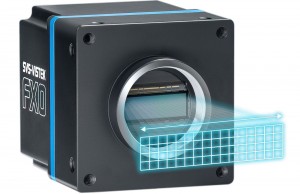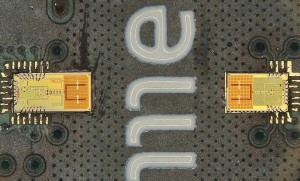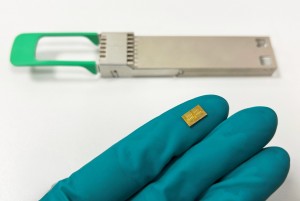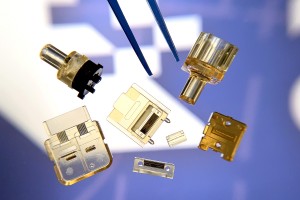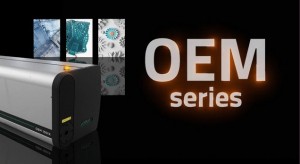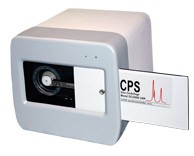
Analytik reports on how the Food & Environmental Research Agency has used the CPS Disc Centrifuge UHR analyser to study engineered nanoparticles.
Analytik, supplier of innovative analytical instrumentation to the UK and Ireland, reports on the work of the Food & Environmental Research Agency where they have carried out studies on engineered nanoparticles using various particle sizing techniques, notably differential centrifugal sedimentation analysis.
The Food and Environment Research Agency (Fera) is an Executive Agency of the Department for Environment, Food and Rural Affairs (Defra). One of its areas of responsibility is research and assurance. This service provides robust scientific evidence, rigorous analysis and professional advice to the Government, international organisations and the private sector.
This video explains how the partical analyser works:
Many analytical methods are available these days to measure ENPs based on different principles and produce different types of measurement. This means that particle size distributions measured by different methods cannot be compared unless ENPs are ideally spherical (because measurement principles assume spherical particles and/or instruments are calibrated using spheres). For this reason, currently there are no ENP reference materials available with a broad size distribution.
The aim of the Fera study was the development of a uniform measurement expression, which would allow comparison of measurement outputs from different techniques for ENPs with broad size distributions and non-spherical shape. In the study, various techniques including Differential Centrifugal Sedimentation (DCS) along with Nanoparticle Tracking Analysis (NTA), Field Flow Fractionation with Inductively Coupled Plasma detection (FFF-ICP-MS), Electron Microscopy (EM) and Gas-phase Electrophoretic Mobility Molecular Analysis (GEMMA) were trialled.





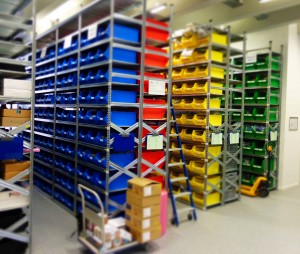


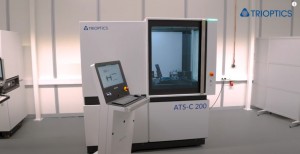
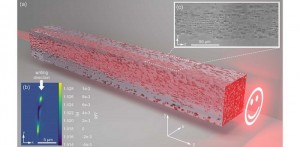
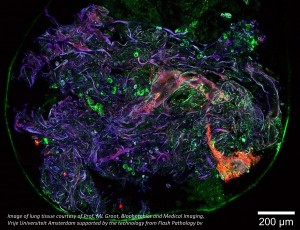

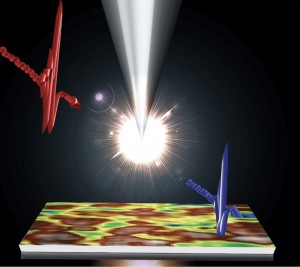

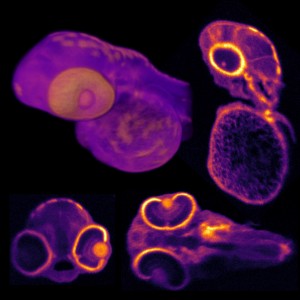
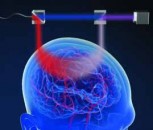

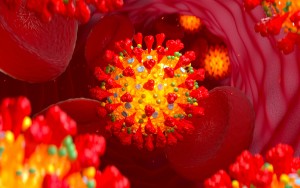















 Back to News
Back to News